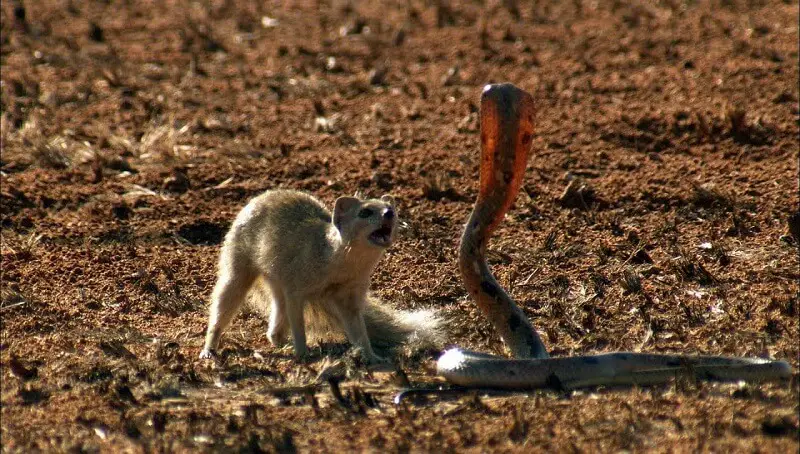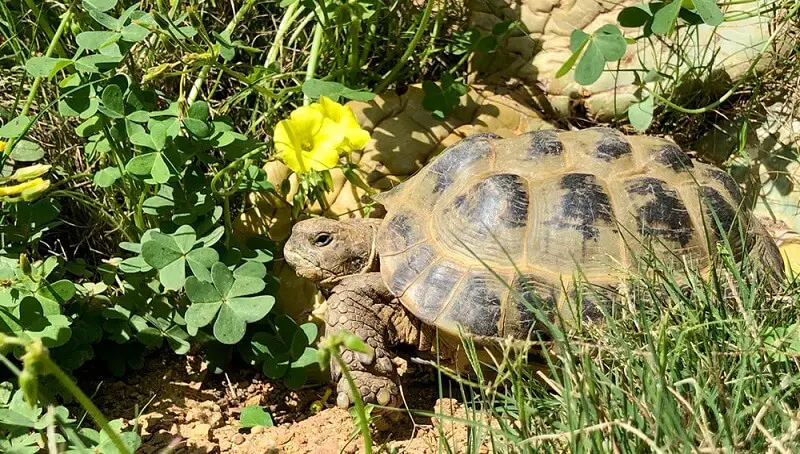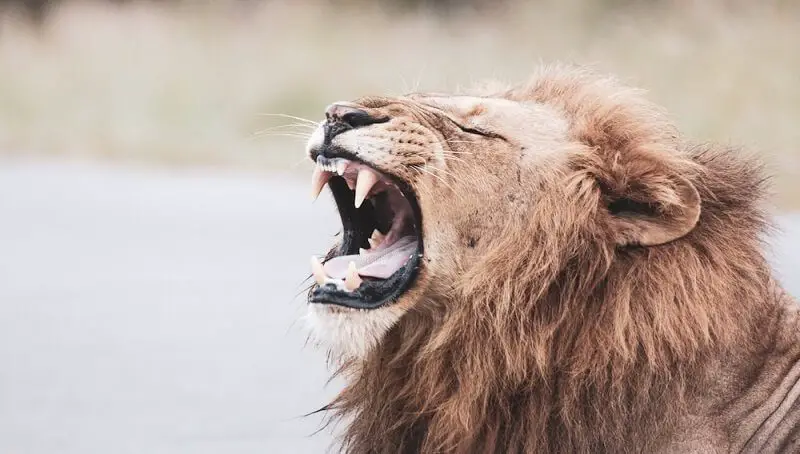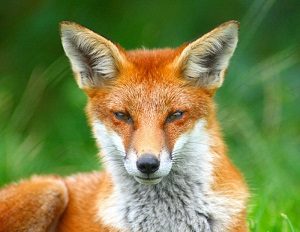
Mongoose Care Tips – Keeping a Mongoose as a Pet
May 19, 2022
Russian Tortoise Life Span – How Much Do They Live?
May 20, 2022
As you know, there are different types of animals, depending on their type of diet. In the classification of the animal kingdom, you can see that there are different types depending on their habitat, development, type of skeleton, or how they feed. Today I am going to talk about carnivorous animals. It is important to know the nutrition of animals well, because this way you can know how they grow, interact and move in habitats with other living beings.
A carnivorous animal is one that feeds mostly on animal tissue. The word carnivore means to devour a portion of meat. Not all carnivores eat meat exclusively, as some of them supplement their diet in other ways. Not all are animals because there are also carnivorous plants and fungi.
These are living beings who get the nutrients they need for subsistence and development through the ingestion of meat. Most of the diet is based on meat. We often forget that carnivorous animals also feed on amphibians, insects, and other invertebrates, along with mammals, birds, and fish. Not all carnivorous animals are represented as predators or hunters. Many of them are scavengers, meaning they eat the remains of decomposing matter from other animals that have died.
You might also like my articles on lions and hyenas, foxes, and coyotes.
The role of carnivores
Carnivores are on the third level of the food chain, and they also consume other carnivores, herbivores, or omnivores, depending on the species.
Carnivores are those that keep other animals’ populations balanced. If carnivorous populations disappear due to disease, natural disasters, human intervention, or other factors, the area may become overpopulated. Sometimes carnivores are brought to certain areas to regulate overpopulation with herbivores.
Characteristics of carnivorous animals – Why do they eat meat?
The main characteristic of carnivorous animals is that they have a shorter digestive tract than other species because, if the meat takes a long time to digest, a process of putrefaction begins that could cause many diseases in animals (this also happens in humans when we eat meat because our digestive system is longer and more similar to that of herbivorous animals) and also do not need to break down vegetable cellulose.
Another characteristic of carnivorous animals, especially predators, is that they possess a certain number of specialized organs to track, hunt, catch and break prey, such as claws, fangs, a strong jaw, a good smell, athletic and muscular, as in the case of cats, or even organs that secrete venom to immobilize or paralyze their prey like the fangs of poisonous snakes.
Types of carnivores
Every carnivorous animal plays an important role in the balance of ecosystems. Depending on the type of animal tissue they eat, carnivorous animals are classified into the following types:
- Avivori: They eat birds
- Hematophagous: It consumes blood
- Insectivores: They eat insects
- Piscivore: They eat fish
- Survivors: They eat eggs
- Vermivorous: They consume worms
We can also classify different types of carnivorous animals according to their diet. They do not necessarily have to eat only meat, but they can also supplement their diet with fruits, vegetables, nectar, mushrooms, and other substances. They depend largely on the animal’s tissue, although the carnivorous animal adapts to another type of diet depending on its habitat and whether or not it forces it to do so.
Depending on the composition of the diet, we see different carnivorous animals. Let’s see what they are:
- Strict carnivores: One can say that they are true carnivores. Their diet is 100% meat or close to it. Here we have the polar bear, the lion, the crocodile, etc.
- Hypercarnivores: Their diet consists of 70% or more meat. Here we have eagles, sharks, salmon, and owls among others.
- Mesocarnivore: Their diet is based on 50-70% meat. These animals developed different types of teeth to be able to consume other types of organic matter. Here we have dogs, ferrets, weasels, foxes and badgers.
- Hypocarnivores: Their diet is based on less than 30% meat, the rest being from fruits and mushrooms to nectar. In these animals, their teeth perform different functions, including chewing hard vegetables. They have wider, flatter molars. Most of them are considered omnivores, like black bears, among others.
Can carnivores digest plants?
 Strict carnivores cannot digest plants nor they can extract nutrients from them, but there are also the hypocarnivores, and mesocarnivores who can digest plants, as they feed on them.
Strict carnivores cannot digest plants nor they can extract nutrients from them, but there are also the hypocarnivores, and mesocarnivores who can digest plants, as they feed on them.
Since there is no enzyme in the carnivore capable of digesting cellulose, little or no digestion of carbohydrates can occur. The large intestine (colon) of carnivores is simple and very short because its only purpose is to absorb salt and water and to allow fecal matter to form.
In carnivores, the caecum is sometimes reduced and can be partially replaced by the Appendix. Because meat is so easy to digest, carnivores and omnivores have lost the ability to synthesize some amino acids. True carnivores lack enzymes in saliva to help them digest food.
The carnivorous’ food channel is shorter than that of herbivores and has fewer bacterial defects. Carnivores have long stomachs that can store food over a long period of time. Unlike herbivores, the stomach of carnivores secretes strong gastric juices like pepsin.
Can Carnivores Survive on Plants?
No, strict carnivores and mesocarnivores cannot survive on a plant-based diet.
Hypocarnivores, meaning omnivores, are the most flexible eaters of the animal kingdom. They eat both plants and meat, and often what they eat depends on what they have at their disposal. When meat is rare, many animals will fill their diet with vegetation and vice versa. This ability helps them survive in any environment, providing all their nutritional requirements. Even if they can eat plants, omnivores do not eat all kinds of plants, unless it is an omnivorous herbivores.
How Do Carnivores Get Glucose?
The carnivores who have both plant and meat-based diets can take their need for glucose from all sorts of fruits.
The other ones, the strict carnivores, when eating other animals, they also eat their stomach content, which can contain fruits and plants. Another way, for them, to get glucose is from the animals’ tissue, alongside their muscles and liver.
Final thoughts
Now you know that some carnivore animals can’t survive on plants and others have them included in their diet, but also why some can digest them and some not.
It should be noted that because of the climate change that the planet has been experiencing for several years, many of these animals also have had to adapt to other forms of food and life that are not the usual ones, causing great problems for the ecosystem and putting many species at risk of extinction.
When the feeding of one of them changes, serious problems begin to appear in nature that are often not perceived with the naked eye but which in the long term are observed, and sometimes there is no return, and the problem cannot be solved.
